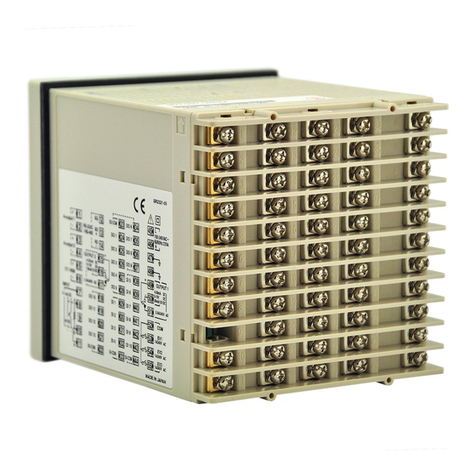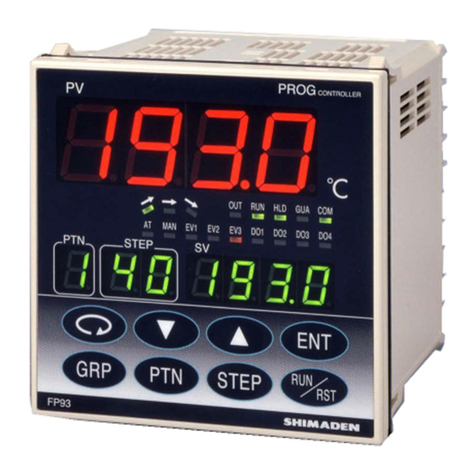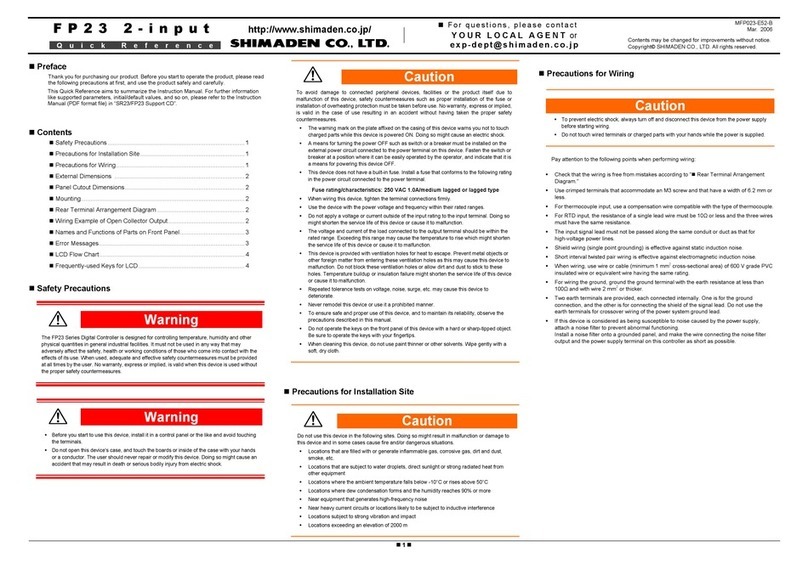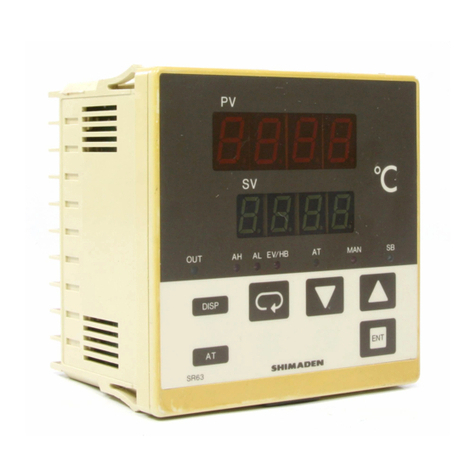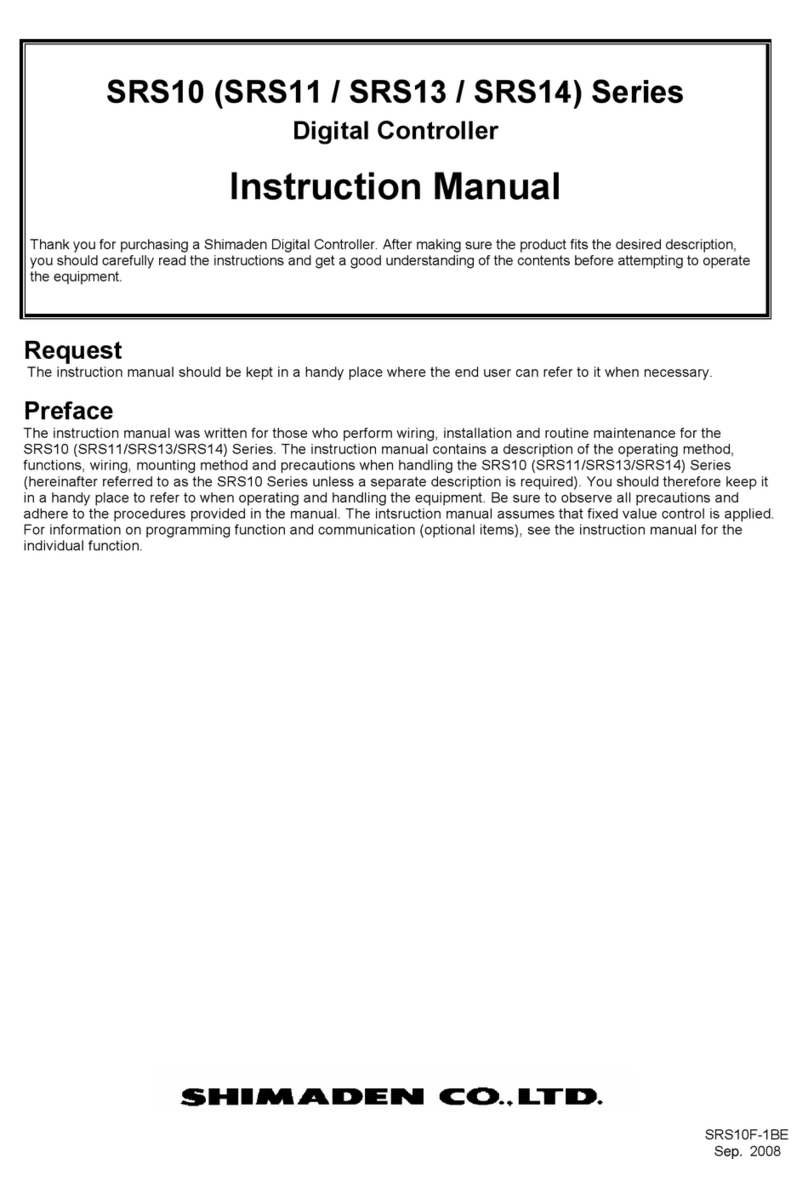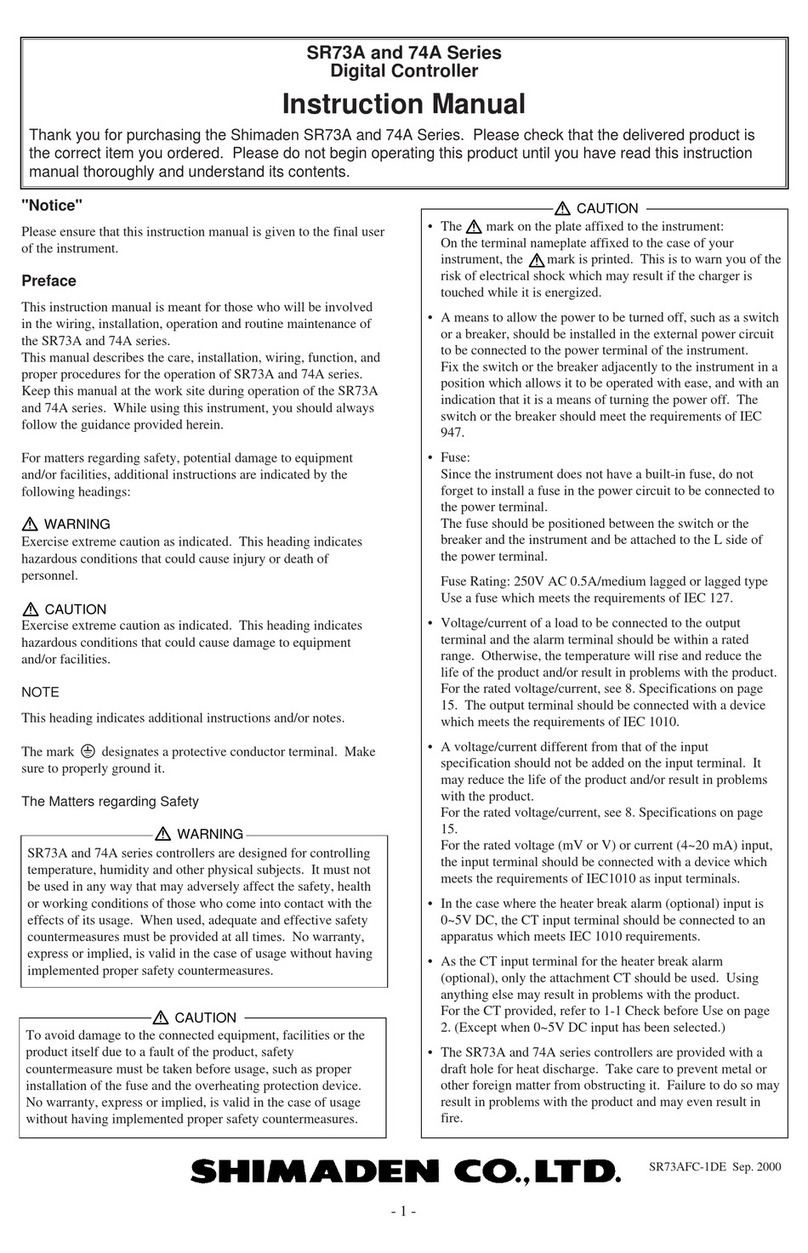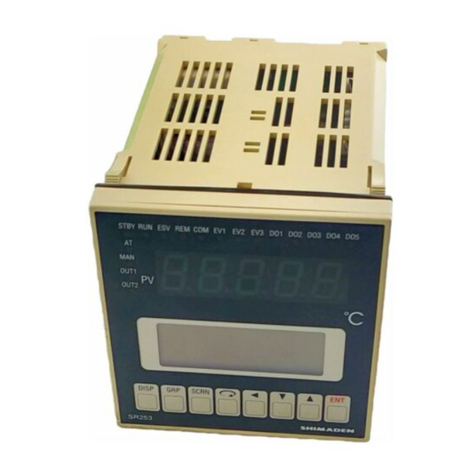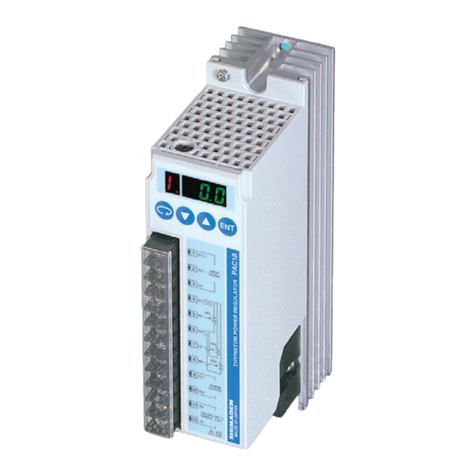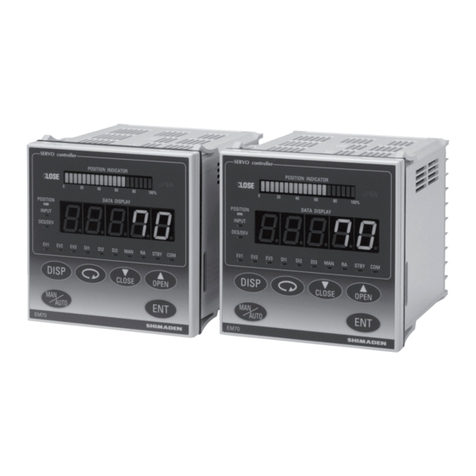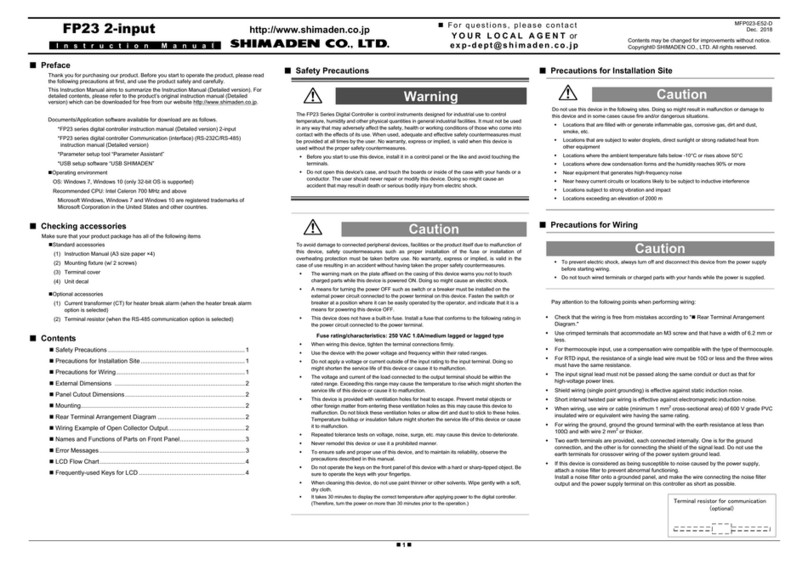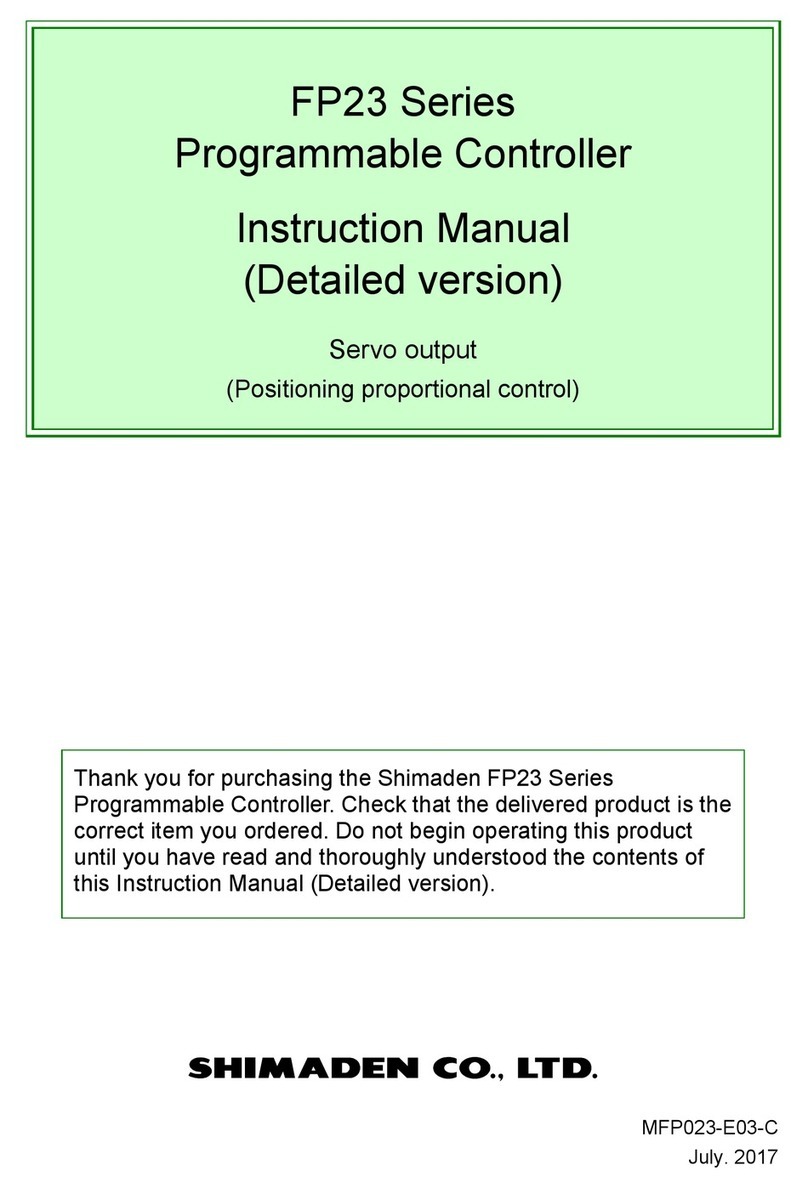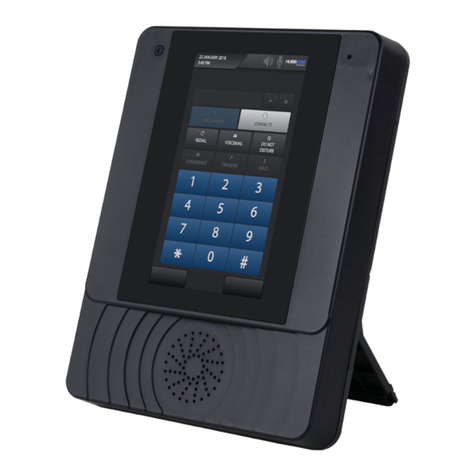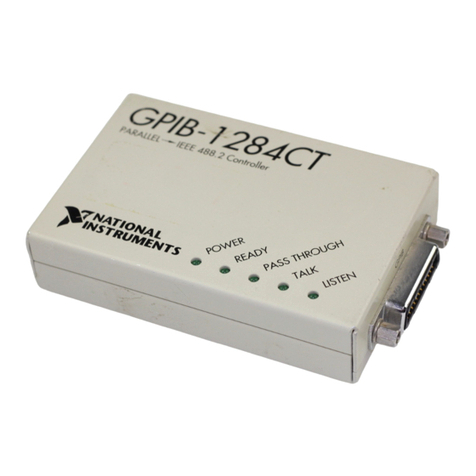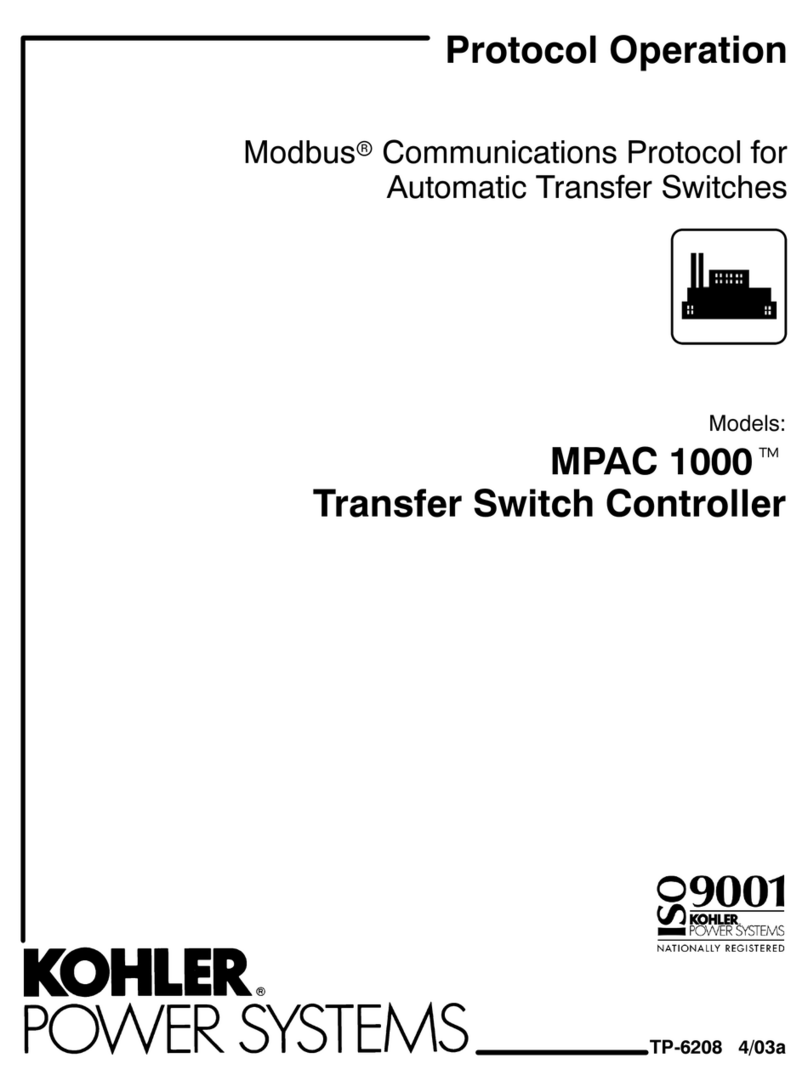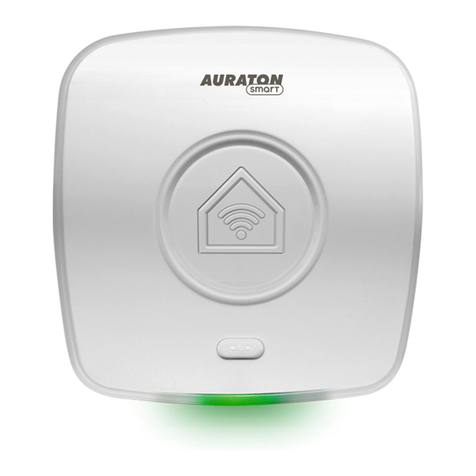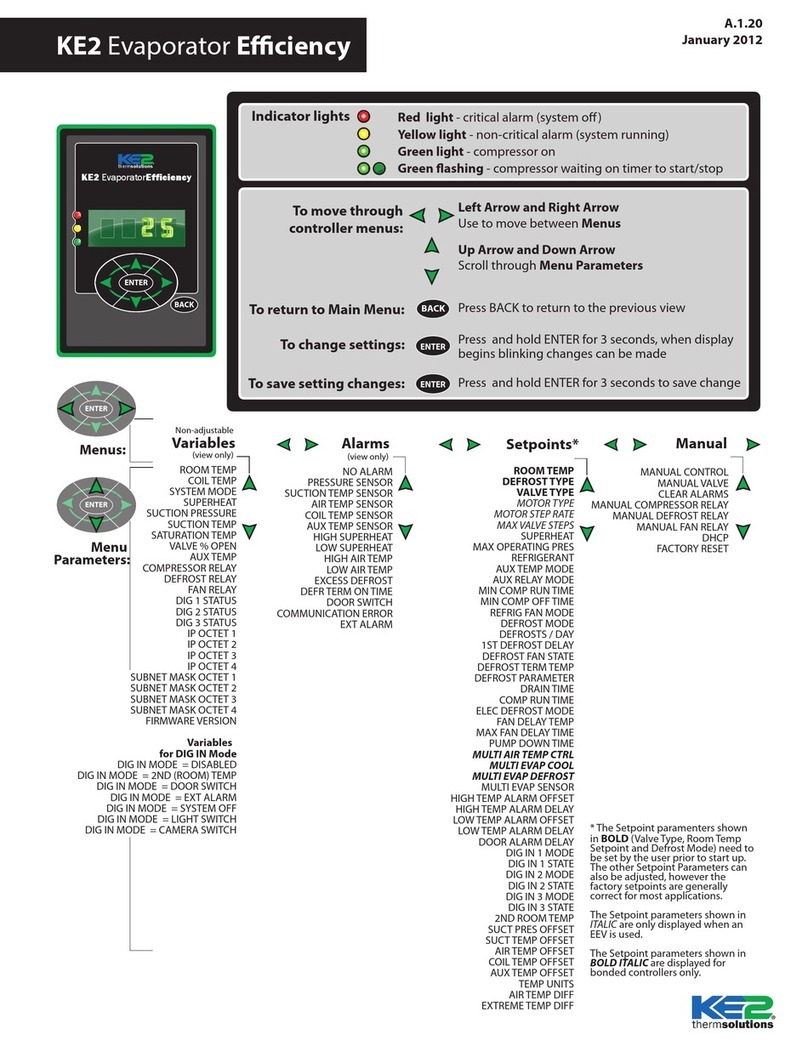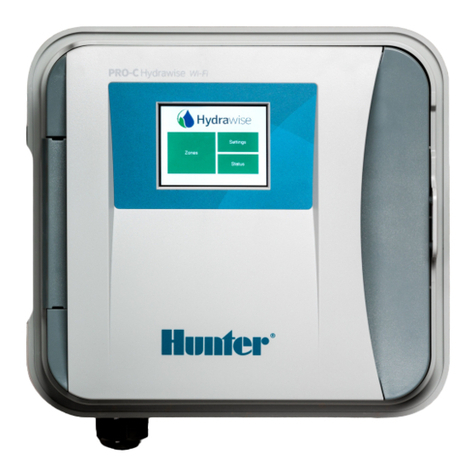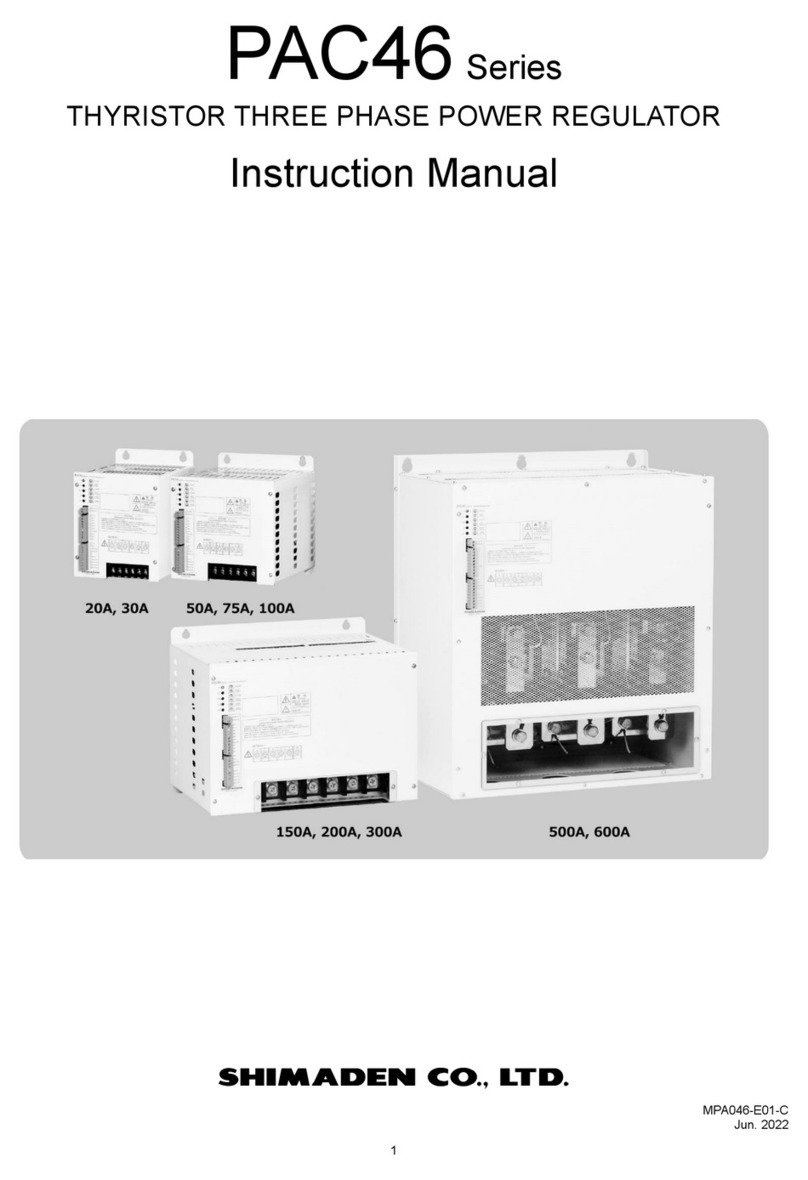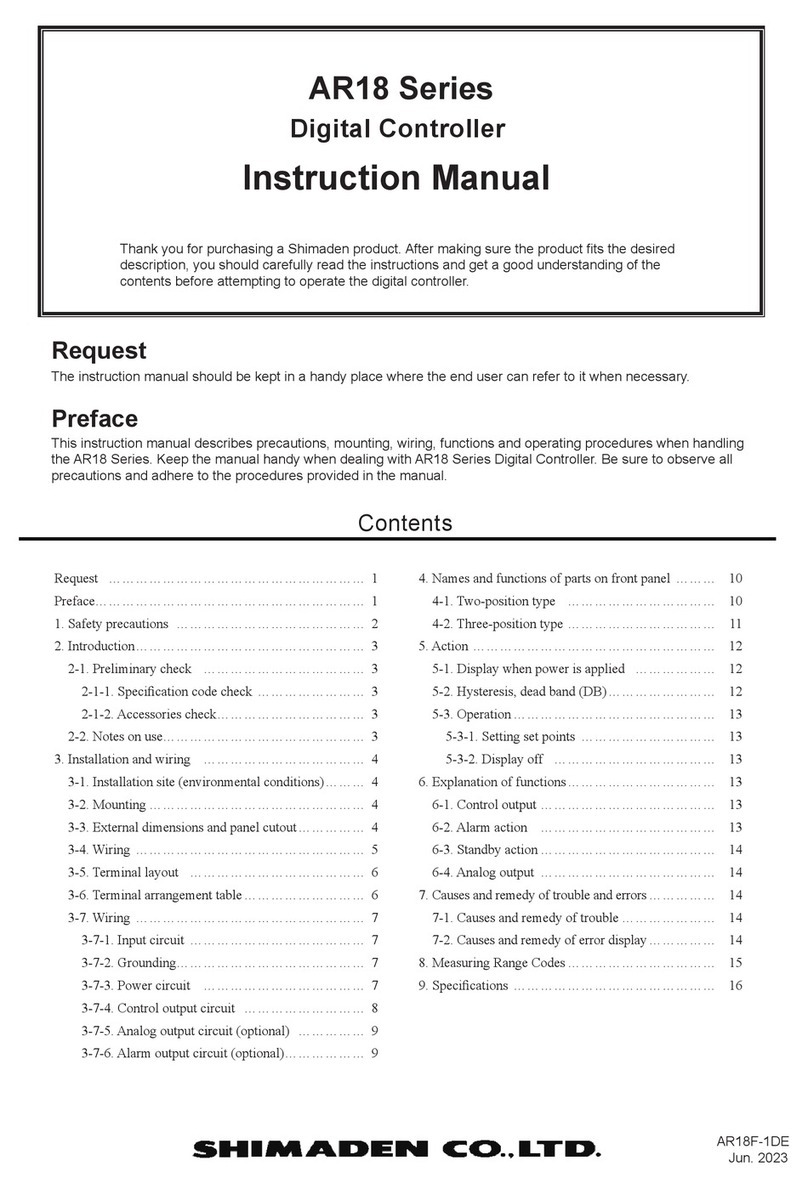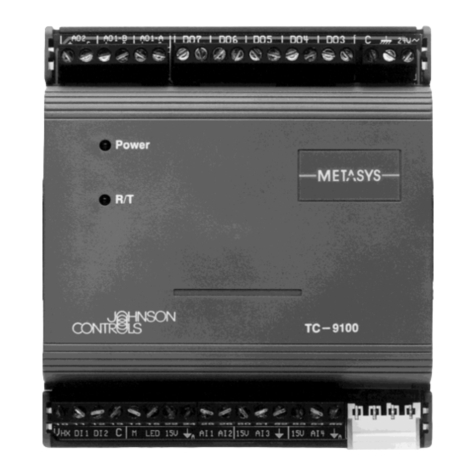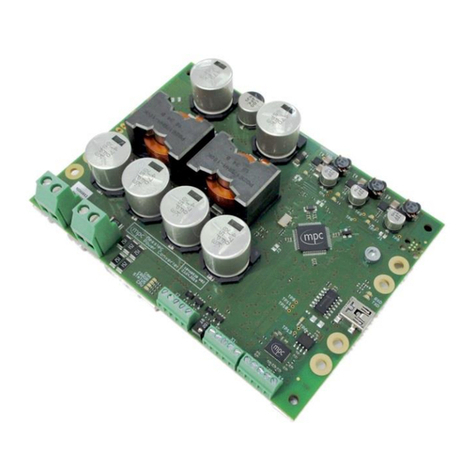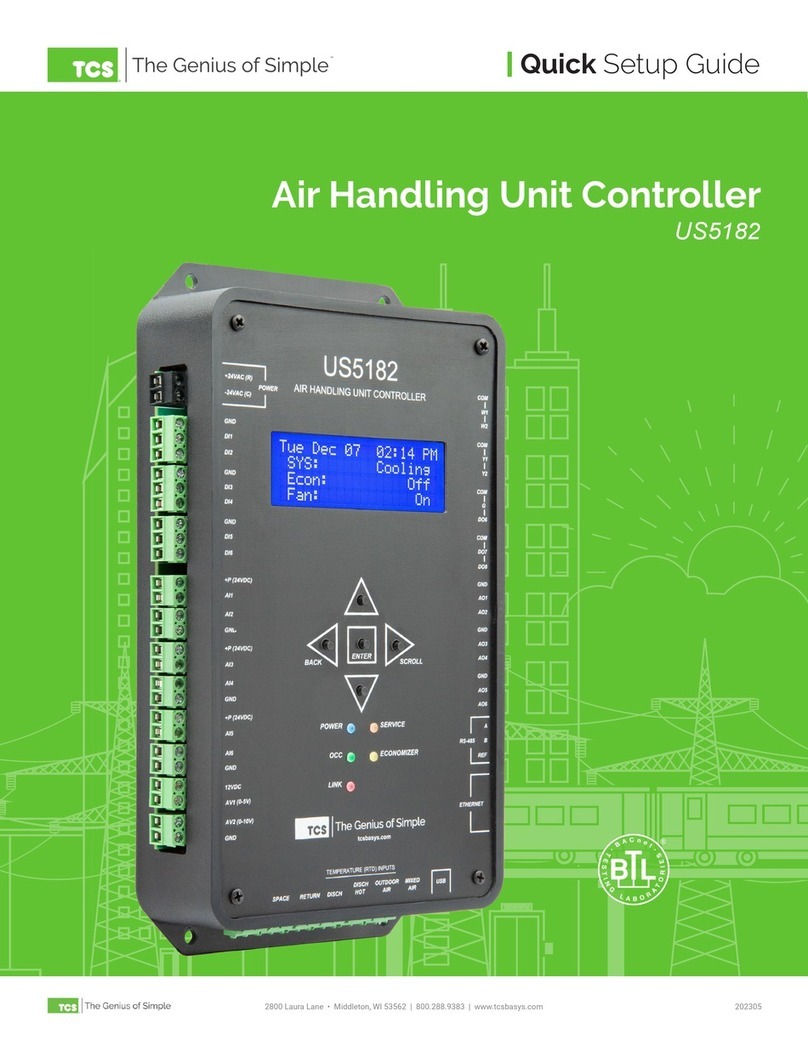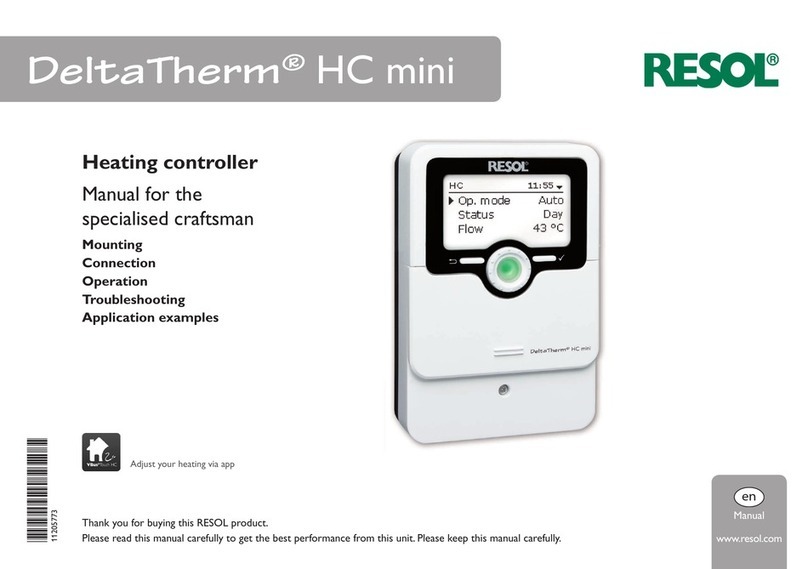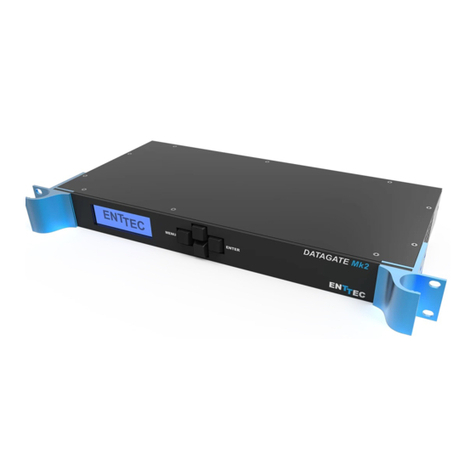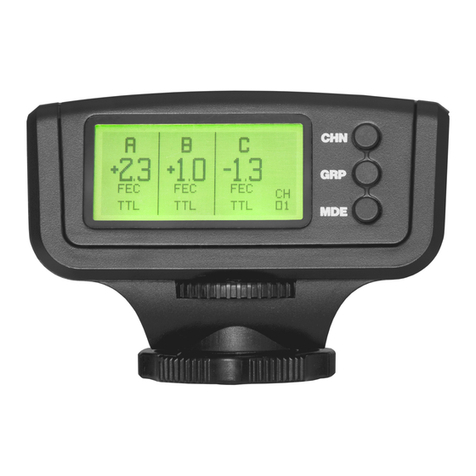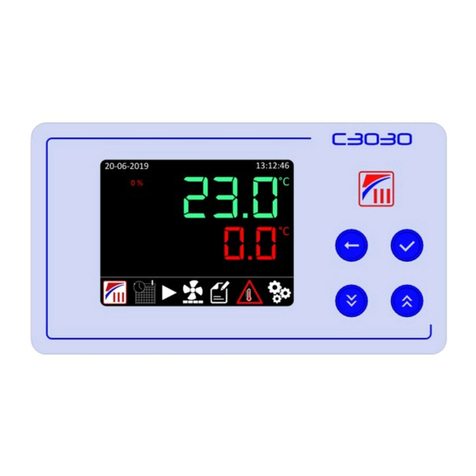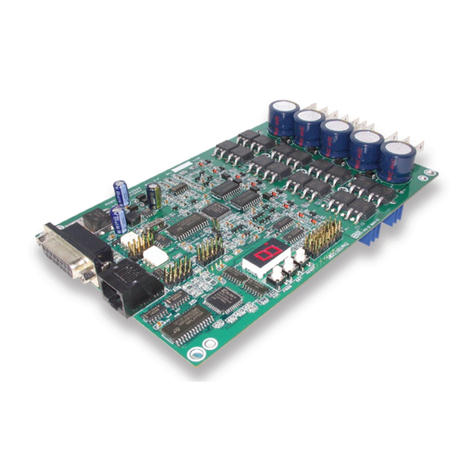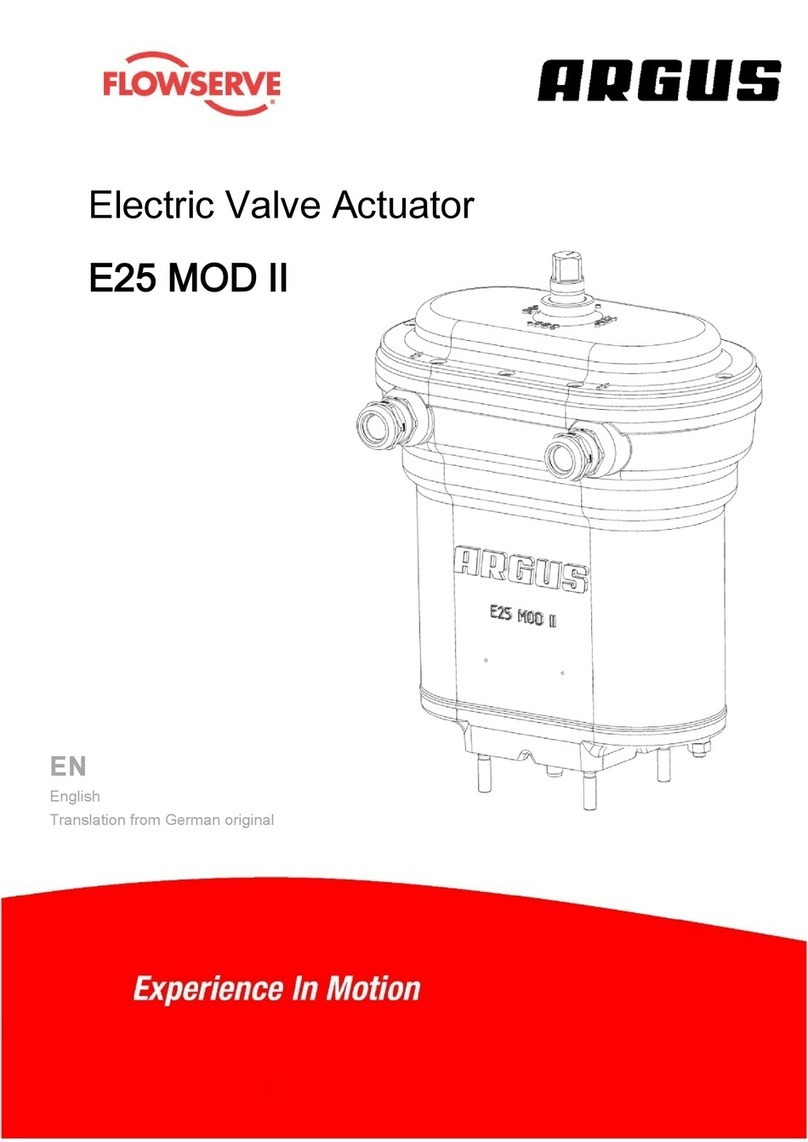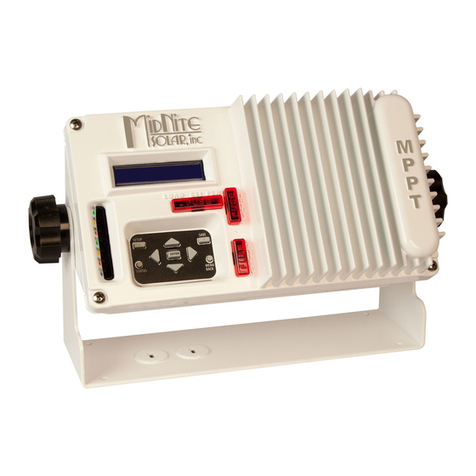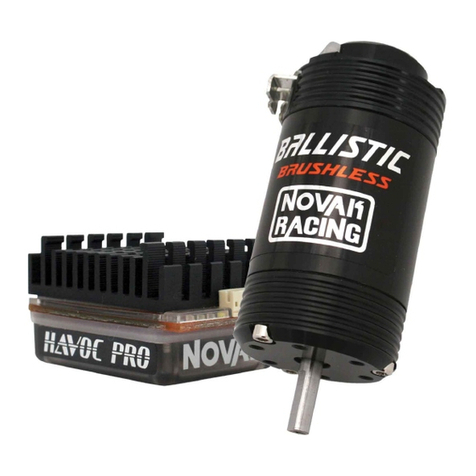
ǦͳͷǦ
• Output scaling :
PV/SV : Within measuring range(inverted scaling
possible)
OUT1/OUT2: 0.0-100.0%(inverted scaling possible)
DEV : -100.0 - 100.0% (inverted scaling possible )
on condition that Ao_L Ao_H
• Output accuracy : ±0.25% FS (to displayed value)
• Output resolution : 0.01% FS (1/10000)
• Output updating cycle : 250 msec. (0.25 sec.)
• Isolation : Insulated from system and various inputs
(not insulated from control outputs I, P and V)
HEATER BREAK ALARM
(optional, not selectable together with REM input )
• Current capacity : 30A or 50A CT to be specified when order is
placed.
• Alarm action : Heater amperage detected by external CT
(CT attached).
Alarm output ON upon detection of heater
break while control output is ON.
Alarm output ON upon detection of heater
loop alarm while control output is OFF.
• Current setting range : 0.1 - 50.0A (Alarm action stops when OFF is
set.)
• Setting resolution : 0.1A
• Current display : 0.0 - 55.0A
• Display accuracy : Approx. 3% FS(for 50Hz / 60Hz sine wave)
• Minimum time for action confirmation
: ON (OFF) time 500 msec. min
• Alarm output/rating : Contact 240V AC 1.0A (resistive load)
• Alarm action display : ”Event” lamp lights during action.
• Alarm holding mode : Switchable between holding and not holding on
the setting screen.
• Sampling time : 500 msec. (0.5 sec.)
• Isolation : Insulated between CT input and various outputs
(not insulated from system and other inputs)
REMOTE
(optional, not selectable together with heater break alarm)
• Remote setting : By external analog signal
Switching to remote : By key, communication and DI
(external switching)
input (valid only when DI option is added)
Remote / local switching function by remote
signal
• Remote switching point : OFF, 0.1 - 50.0%
• Remote switching hysteresis
: 0.1 - 10.0%
• Remote scaling : Within measuring range
(inverted scaling possible)
Accuracy of setting : ±(0.25% SF + 1 digit)
Setting signal : 0 - 10V, 1 - 5V DC
Input impedance: 500kȍ
4 - 20mA DC Receiving impedance: 250ȍ
• Remote bias : -1999 - 1999 digit
• Remote filter : OFF, 1 - 100 sec.
• Sampling cycle :500 msec. (0.5 sec.)
• Isolation :Insulated between remote input and various
outputs (not insulated from system and various
inputs)
COMMUNICATION
(optional, not selectable together with analog output for SR82 and SR84)
• Communication type (1) : RS-232C, RS-485
• Communication system : RS-232C 3-line half duplex system
RS-485 2-line half duplex multiple drop (bus)
system
• Synchronization system: Start-stop synchronization system
• Communication distance
: RS-232C maximum 15m
RS-485 maximum 500m
(depending on conditions)
• Communication speed : 1200, 2400, 4800, 9600, 19200 bps
• Data bit length : 7 bits, even parity, stop bit 1
7 bits, even parity, stop bit 2
7 bits, no parity, stop bit 1
7 bits, no parity, stop bit 2
8 bits, even parity, stop bit 1
8 bits, even parity, stop bit 2
8 bits, no parity, stop bit 1
8 bits, no parity, stop bit 2
• Communication address: 1 - 99
• Communication memory mode
: EEP/RAM/r_E
• Communication BCC : Add/Add two’s cmp / XOR / None
• Communication delay time
: OFF, 1 - 100
• Communication code : ASCII code
• Communication protocol
: Shimaden standard protocol
• The number of instruments allowed to be connected
: RS-232C 1
RS-485 32 maximum
(depending on conditions; host included)
• Isolation : Insulated between communication signal and
various inputs / system / various outputs
• Communication type (2)
: Conforming with Mitsubishi Electric
Company’s CC-Link
(only for SR83, simultaneous selection of
analog output is not possible)
• Transmission speed : 156K, 625K, 2.5M, 5M, 10Mbps
• Private station : 1
• Communication method
: Polling method
• Synchronization method
: Frame synchronous method
• Coding system : NRZI system
• Transmission line : Bus (RS-485)
• Transmission format : Conforming with HDLC
DI (EXTERNAL SWITCHING) INPUT (optional)
*DI stands for “Digital Input.”
• Number of DI point : 2
• DI input type : Selectable from 8 types
(7 types if the remote option is not added.)
NOP : No operation
STB : Execution/standby
SB/SV2 : Set value bias/set value 2
AT : Auto tuning
MAN : Manual
STP : Ramp temporary stop
DA : Direct action
REM : Remote (selectable only when remote option
is added)
• DI input rating : No-voltage contact, open collector input
(about 5V/2mA impress)
• Isolation : Insulated between DI input and various outputs
(not insulated from system and various inputs)
SET VALUE 2 (SV2)/Set Value Bias (SB) (optional)
(DI option is prerequisite.)
• Action input : No-voltage contact by SB/SV2 selection
through DI (external switching) input
(in action duringclosed input)
• Selection of setting : Absolute value setting (SV2)
Deviation value setting (SB)
• Setting range :
Absolute value setting : Within measuring range
Deviation value setting : -1999 - 5000 digit
SV2 allows PID and output limit to be set.


















